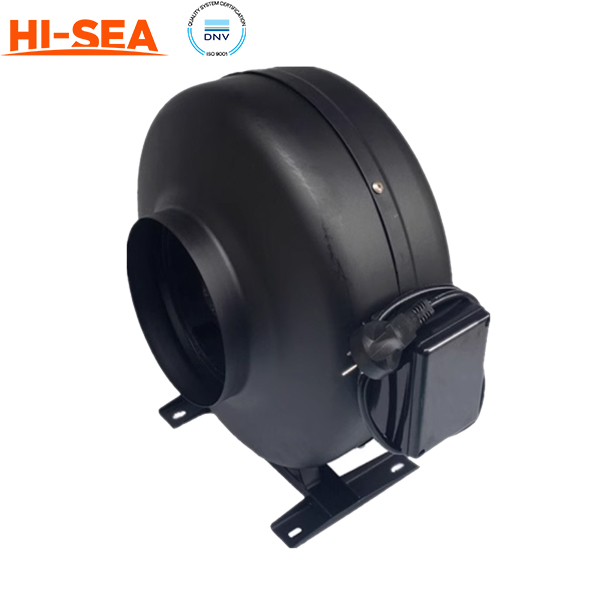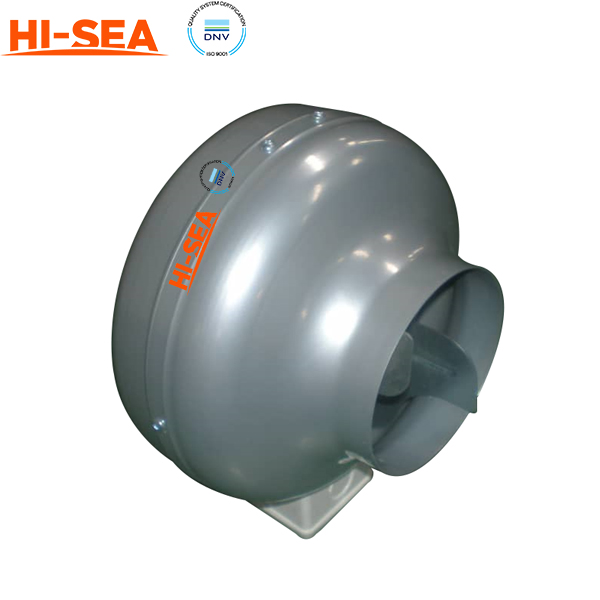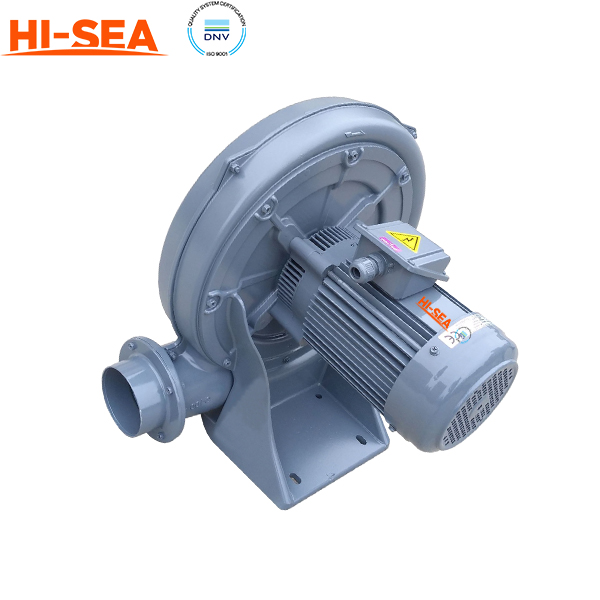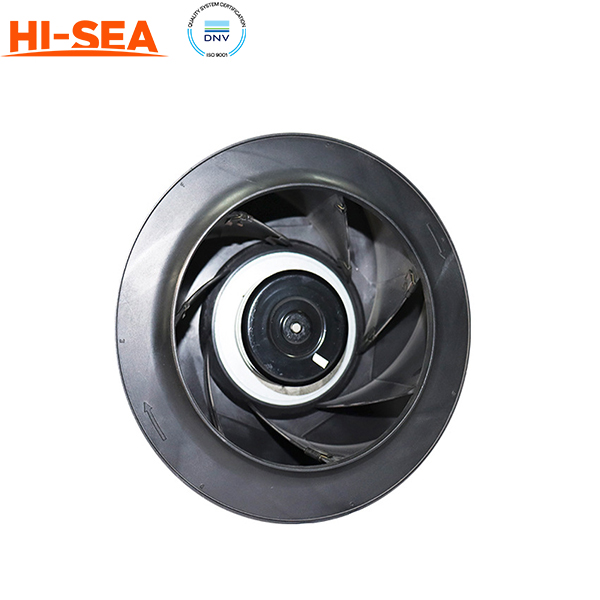MARINE & OFFSHORE EQUIPMENT
- Dredging Equipment
- Marine Deck Machinery
-
Marine Mooring Equipment
-
Marine Anchor
- AC-14 HHP Anchor
- Admiralty Anchor
- Beldt Stockless Anchor
- Bruce Anchor
- Spek Anchor
- Danforth HHP Anchor
- Delta High Holding Power Anchor
- GB11579-89 Light Weight Anchor
- Hall Anchor
- High Holding Power Mastrosov Anchor
- Hot Dip Galvanized Anchor
- Japan Stock Anchor
- JIS Stockless Anchor
- Pool Anchor
- Single Fluke Anchor
- Stainless Steel Anchor
- Stevpris MK5 Anchor
- Stingray Anchor
- US Navy Stockless Anchor
-
Marine Anchor Chain
-
Marine Shackle
- Kenter Shackle
- D Type Joining Shackle
- Pear Shaped Shackle
- Anchor Swivel Shackle Type A
- Anchor Swivel Shackle Type B
- Buoy Shackle Type A
- Buoy Shackle Type B
- C Type Detachable Connecting Link
- D Shackle
- Forelock Shackle
- Anchor Chain Swivel Group
- Straight Shackle
- Anchor Shackle
- Marine Triangle Plate
- Anchor Chain Swivel
- Anchor Chain Joining Shackle
- Anchor Chain End Shackle
- Slim Kenter Shackle
-
Chain Chaser
-
Marine Bollard
-
Marine Chock
-
Marine Fairlead
-
Marine Chain Stopper
-
Marine Mooring Reel
-
Marine Towing Bracket
-
Mooring Rope
-
Marine Towing Hook
-
Marine Shark Jaw
- Marine Fender
-
Marine Buoy
- Marine Floating Pontoon Dock
-
Marine Anchor
- Aquaculture Equipment
- Marine Outfitting Equipment
- Marine Propulsion System
-
Marine Painting
-
Marine Auxiliary Machinery
- Marine Air Compressor
- Marine Air Receiver
- Marine Sewage Treatment Plant
-
Marine Diesel Generator Set
- Marine Oil Water Separator
- Ballast Water Management System
- Marine Hydrophore
- Marine Calorifier
- Seawater Desalination Plant
-
Marine Oil Separator
- Marine Fuel Oil Supply Unit
- Marine Heat Exchanger
-
Marine Hot Well Unit
-
Marine Incinerator
-
Marine Boiler
-
Marine Valve
- JIS Marine Valve
- DIN Marine Valve
- ANSI Marine Valve
- GB Marine Valve
- CB Marine Valve
- CBM Marine Valve
-
Marine Gate Valve
-
Marine Globe Valve
-
Marine Angle Globe Valve
-
Marine SDNR Valve
-
Marine Angle SDNR Valve
-
Marine Check Valve
-
Marine Storm Valve
-
Marine Butterfly Valve
-
Marine Quick Closing Valve
-
Marine Fire Valve
-
Marine Self Closing Valve
- Marine Valve Accessories
-
Marine Pump
- Marine Centrifugal Pump
- Marine Screw Pump
-
Marine Gear Pump
-
Marine Vortex Pump
-
Marine Ejector Pump
-
Marine Diaphragm Pump
-
Marine Piston Pump
-
Marine Fire Pump
-
Marine Emergency Fire Pump
-
Marine External Fire Pump
-
Marine Ballast Water Pump
-
Marine Fuel Pump
-
Marine Lubricating Oil Pump
-
Marine Bilge Pump
-
Marine Sewage Pump
-
Marine Domestic Water Pump
-
Marine General Pump
-
Marine Cargo Oil Pump
-
Marine Hand Pump
- Marine Pump Parts
- Marine Life-saving Equipment
- Fire-fighting Equipment
- Marine Cable
- Marine Electrical Equipment
- Marine HVAC
-
Labour Protection Appliance
- Marine Decorative Material
-
Marine Anode
- Marine Pipe Fitting & Flange
- Marine Instrument
- Ship Building Equipment
INDUSTRY EQUIPMENT
- Hoisting Equipment
- Welding Machine & Material
-
Cutting Machine
- Container Securing Fitting
- Link Chain
- Container & Storage Equipment
-
Diesel Generator Set
- Other Equipment and Tools
- Petrochemical Equipment
- Fiber Reinforced Plastics
- Polymer Materials
- Environmental Protection Series
- Geo-products and Building Materials
- Metal Mesh
- Steel Grating
-
Earthwork Teeth
-
Turnbuckle
STOCK LIST
Contacts
 Tel:+86-23-67956606
Tel:+86-23-67956606
 FAX:+86-23-67956622
FAX:+86-23-67956622
 Email:manager@cqhisea.com
Email:manager@cqhisea.com
Working Time: 9:00--17:00
Working Day: Monday to Friday Website: www.cqhisea.com

In Line Duct Circulars Blower Fan
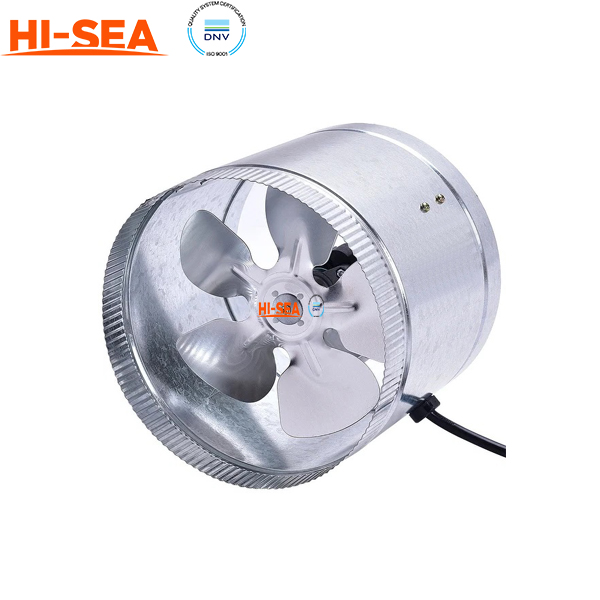
In Line Duct Circulars Blower Fan
Introduction:
In-line duct circular blowers, also known as in-line circular fans or in-line circular duct fans, are devices used to provide airflow and ventilation in HVAC (Heating, Ventilation, and Air Conditioning) systems. They are typically installed in the ductwork of a ventilation system to help move air through the ducts.
Here are some key features and characteristics of in-line duct circular blowers:
1. Design: In-line duct circular blowers are designed as cylindrical units that can be installed directly into round ductwork. They usually have a circular inlet and outlet to match the duct diameter.
2. Function: The primary function of an in-line duct circular blower is to extract or supply air from/to specific areas in a ventilation system. They can be used for various applications, such as exhaust ventilation, supply ventilation, or boosting airflow in long duct runs.
3. Airflow Performance: These blowers are available in different sizes and configurations to accommodate various airflow requirements. The performance of a blower is typically specified by its airflow capacity, measured in cubic feet per minute (CFM) or cubic meters per hour (m³/h).
4. Mounting: In-line duct circular blowers are typically mounted within the ductwork, either directly in-line or with flexible duct connections. They can be positioned horizontally or vertically, depending on the specific installation requirements.
5. Motor: These blowers are equipped with an electric motor that drives the fan blades. The motor is usually located outside the airflow path to prevent potential damage from the airstream. Motor options may include single-phase or three-phase motors, and they can be operated at different speeds to provide variable airflow control.
6. Noise and Vibration: Efforts are made in the design of in-line duct circular blowers to minimize noise and vibration. They may incorporate features such as vibration isolation mounts or acoustic lining to reduce the transmission of noise through the ductwork.
7. Control Options: In-line duct circular blowers can be controlled through various methods, including manual switches, variable speed controllers, or integration with building automation systems. Variable speed control allows for adjusting the airflow to meet specific requirements and optimize energy efficiency.
8. Construction and Materials: In-line duct circular blowers are typically constructed with a combination of metal components, such as galvanized steel or aluminum for the housing and fan blades. These materials provide durability and corrosion resistance.
When selecting an in-line duct circular blower, it's important to consider factors such as the desired airflow capacity, system compatibility, noise requirements, and any specific installation constraints. It's recommended to consult with a HVAC professional or supplier to ensure the right blower is chosen for your specific application.


